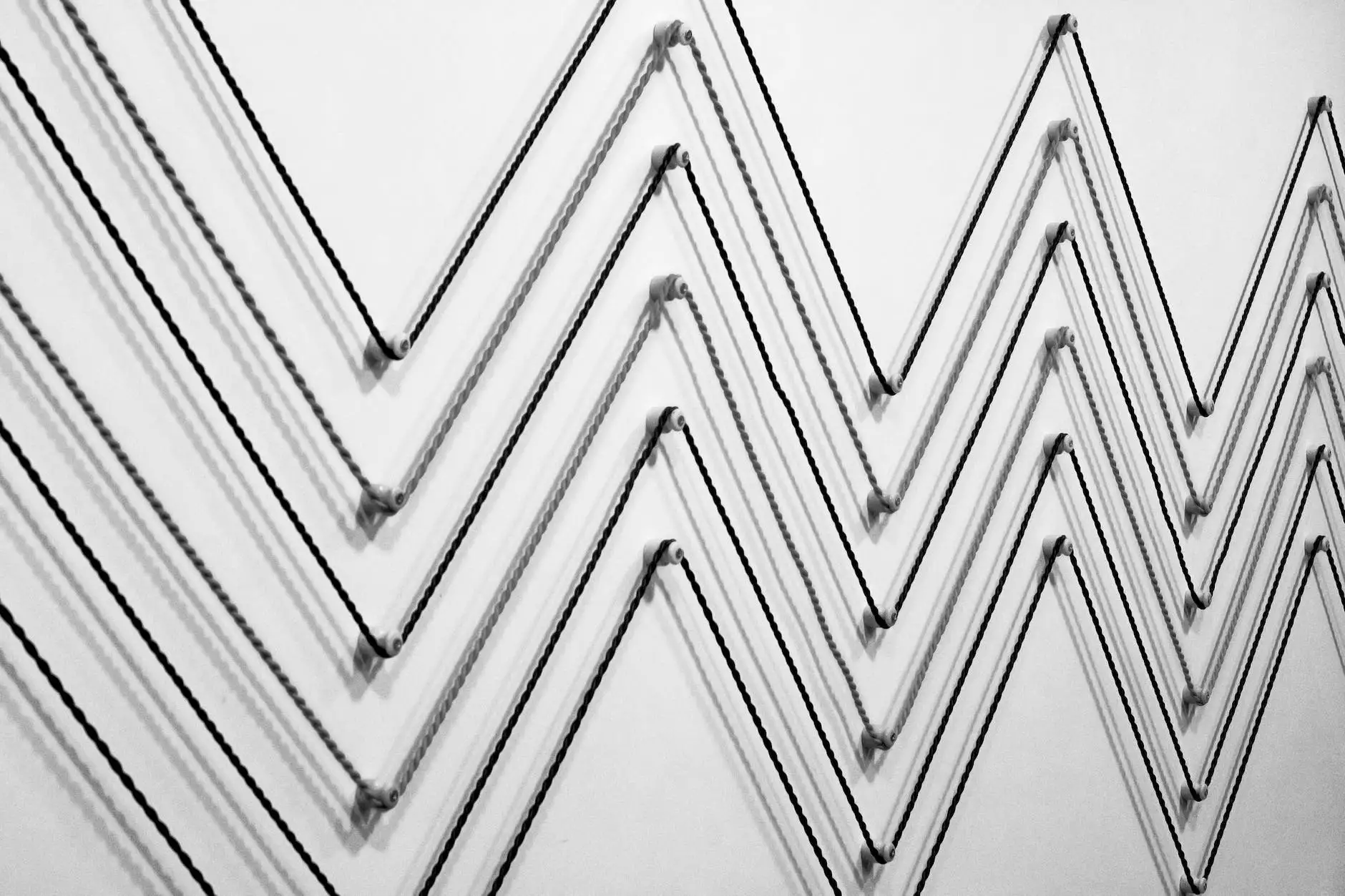Understanding Culling: A Key Concept in Art and Design

Culling is a term that might seem obscure at first, yet it's instrumental in various creative fields, particularly within art galleries, graphic design, and 3D printing. This article aims to delve deep into what culling is and how it profoundly impacts these industries. Let’s explore this essential concept and why it matters.
What is Culling?
At its core, culling refers to the process of selecting and removing items from a larger set based on specific criteria. In the realm of art and design, culling can apply to many aspects, from evaluating artwork to streamlining design projects or managing 3D print files. Understanding what culling is and how it is applied across these disciplines can greatly enhance creative workflows and decision-making processes.
The Importance of Culling in Art Galleries
Art galleries often showcase hundreds, if not thousands, of pieces of artwork. Therefore, understanding what culling is becomes crucial in curatorial practices. Here are the primary reasons why culling is particularly important in this context:
- Curatorial Selection: Curators need to determine which pieces will be displayed to best represent a theme, artist, or movement. This involves culling works that do not fit the narrative or visual dialogue intended for the exhibition.
- Space Management: Galleries have limited space. Culling enables gallery managers to allocate space efficiently, ensuring that each displayed piece has enough room to be appreciated fully.
- Engagement with Visitors: Well-curated exhibitions that result from thoughtful culling can enhance visitor experience, drawing focus to the most impactful works and fostering deeper engagement.
Culling in Graphic Design
In graphic design, culling involves selecting the best design concepts and elements from a broader array of options. This is crucial during various stages of the design process:
1. Concept Development
During the initial stages, designers may generate multiple ideas for a project. Culling these concepts helps refine the direction of the project, ensuring that only the most relevant and compelling ideas move forward.
2. Client Presentations
When presenting designs to clients, it's vital to select the strongest concepts. Culling ensures that designers put forth only the most effective and aesthetically pleasing options, increasing the chances of client approval.
3. Design Iteration
As projects evolve, designers often revisit and revise their work. Culling outdated or less effective designs allows for a more streamlined workflow, facilitating better adaptation to new trends and insights.
Culling in 3D Printing
In the context of 3D printing, culling is equally significant. It can apply to several areas, including:
1. Model Optimization
Before printing, designers must ensure that their 3D models are optimized for printing. This can involve culling unnecessary details or simplifying complex geometries that may complicate the printing process.
2. File Management
Culling redundant or unapproved 3D files from a database simplifies file management and enhances productivity, allowing designers to find and print the right models quickly.
3. Resource Allocation
By culling non-essential designs, 3D print shops can better allocate resources and time to more viable projects, ensuring that production runs smoothly and efficiently.
Best Practices for Effective Culling
Understanding what culling is is one thing, but implementing it effectively is another. Here are some best practices to consider:
- Establish Clear Criteria: Clearly defined criteria for culling are essential. Whether it's an artistic vision in galleries, client requirements in graphic design, or printing specifications in 3D printing, knowing what you are looking for is key.
- Involve Stakeholders: Getting input from team members or clients can provide different perspectives and ensure that the culling process aligns with broader goals.
- Stay Objective: While personal preferences can influence decisions, strive to remain objective. Focus on the criteria established rather than personal attachment to certain pieces or designs.
Challenges in the Culling Process
While culling is beneficial, it comes with its own set of challenges:
1. Emotional Attachment
Artists and designers often develop emotional connections to their work, making it challenging to cull pieces that may not meet current standards or project goals.
2. Subjectivity
Culling decisions can be highly subjective, leading to disagreements among team members or stakeholders about which pieces should be kept or discarded.
3. Fear of Missing Out
There can be a fear that by culling certain works, one might miss out on future opportunities or trends. This fear can create hesitance in making decisive culling choices.
Conclusion: The Art of Culling
Understanding what culling is opens up a world of possibilities within the creative sectors of art galleries, graphic design, and 3D printing. By mastering the art of culling, professionals can enhance decision-making processes, improve artwork selection, optimize designs, and streamline production.
In the fast-paced landscape of creative industries, where time and space are often at a premium, culling serves as both a filter and a fine-tuner, helping creatives to focus on what truly matters. By adopting effective culling strategies and understanding its implications, artists and designers can amplify their impact, ensuring that their work resonates deeply with audiences while maintaining a clear and focused vision.
Remember, effective culling is not simply about elimination; it's about enhancing value and creating a clearer narrative, whether in an exhibition, a design project, or a 3D printing endeavor. Embrace the process and reap the benefits of a streamlined and purposeful creative approach.



